Structure, Materials, Airbags, What are the main evaluation criteria for automotive safety performance?
 WilliamSep 14, 2024, 05:59 PM
WilliamSep 14, 2024, 05:59 PM
One thing that's easy to overlook when buying a car is its safety. For ordinary consumers, the safety of a vehicle is not as intuitively perceivable as its appearance and interior decoration, nor can it be fully experienced through test drives like power performance. On the one hand, the safety performance of a vehicle depends on the standards set by the auto industry and the results shown in crash tests, and on the other hand, the sincerity and integrity of the car companies.
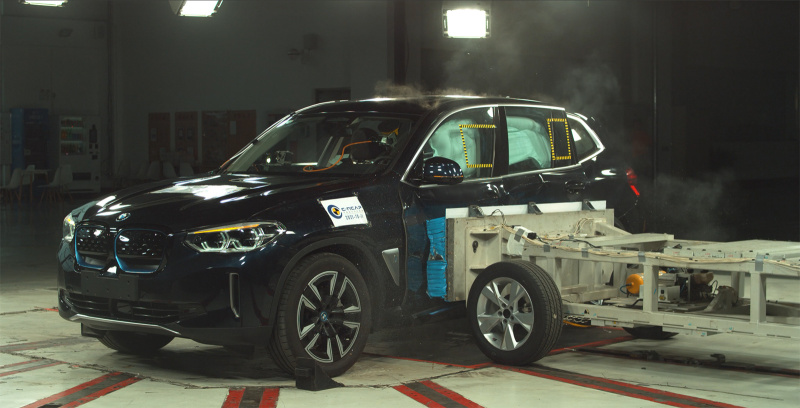
For ordinary consumers, choosing a car with good safety might not be a noticeable thing in daily life, but it can play a vital role at critical moments, protecting the safety of the driver and passengers in the car. Therefore, selecting a car with good safety often can safeguard your travel. So how should ordinary consumers choose?
First of all, it should be understood that auto safety mainly divides into active safety and passive safety.
Active safety: It detects the likelihood of vehicle control loss or accidents before they happen and uses a series of means to intervene in vehicle control to avoid accidents, which plays a very important role.
Passive safety: After a traffic accident occurs, the safety device equipped with the vehicle is used to minimize harm to the occupants in the car. The main focus is on how to protect the safety of passengers and pedestrians more effectively after an accident.
I. Active Safety
1. Electronic Auxiliary Equipment: such as ABS (Anti-lock Braking System), EBD (Electronic Brake force Distribution), ESP (Electronic Stability Programme), etc. These systems control the vehicle attitude through electronic devices to prevent the vehicle from losing control in an emergency. At present, these configurations have become standard configurations for cars, and almost all vehicles will be equipped with them, otherwise, the standard for car production cannot be met.
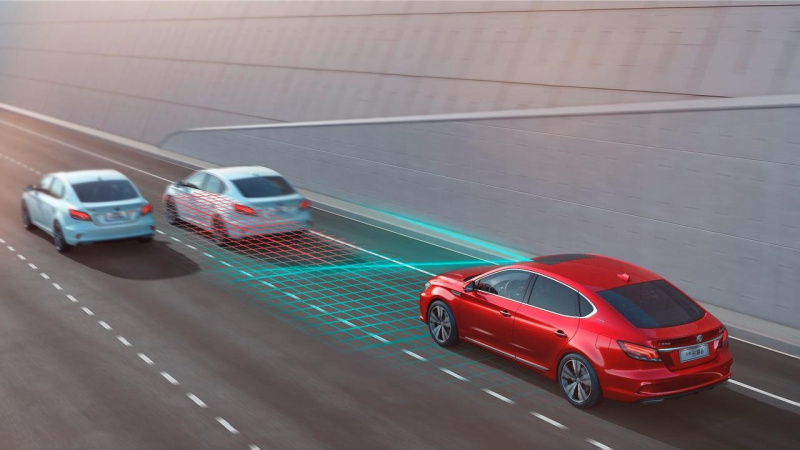
2. Equipped with intelligent driving assistance functions: such as LDWS (Lane Departure Warning System), BSW (Blind Spot Warning System), lane keeping assist system, etc. By monitoring the environment around the vehicle through sensors and cameras, it provides early warning of potential danger and helps the driver take timely measures to avoid accidents. These configurations are not standard for vehicles. Consumers can learn more about this by checking the vehicle's configuration list, and the more configurations they provide, the more comprehensive the vehcles' prediction of danger.
3. Autonomous driving assistance system: Systems such as adaptive cruise control, active braking system, etc., can automatically adjust vehicle speed and distance, and even automatically brake in some situations to avoid collisions with vehicles ahead. These configurations can prevent dangerous accidents in advance, but the structure is relatively complex, and it heavily challenges the technical level of the car company. Generally, they are common in high-end models or new energy vehicles, and consumers need to pay more when buying these car.
II. Passive Safety
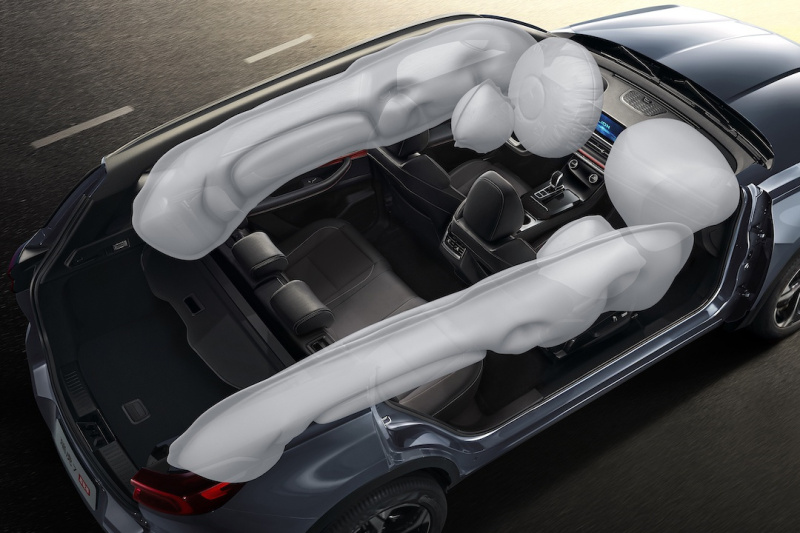
1. Number of airbags: Safety airbags inflate quickly when a collision occurs, providing extra protection for passengers and reducing injuries to key areas such as the head and chest. Generally speaking, the more airbags a car has, the more thorough protection it provides for passengers. This is the part that should be focused on when buying a car, it can reduce the severity of passenger injuries.
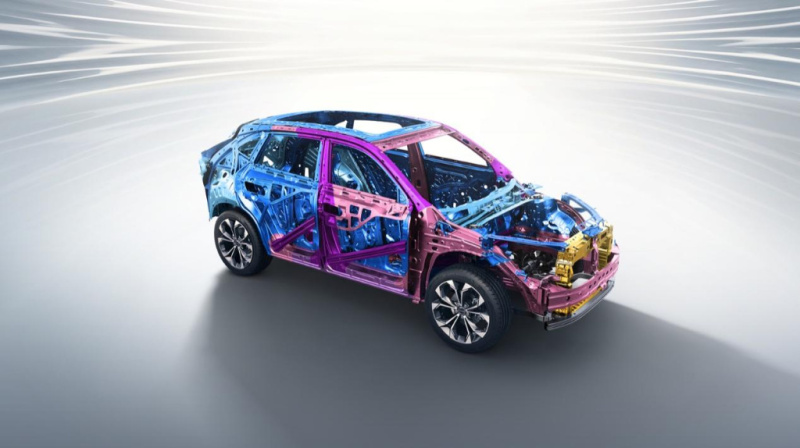
2. Car body material: Many cars now use high-strength steel and reasonable energy-absorbing structure design to absorb and disperse impact forces during collisions, reducing the impact on passengers. The stronger and better designed the car frame, the better it can guarantee the safety of the vehicle's occupants in an accident. Through the car safety tests of different organizations, we can also see how different vehicles react in a collision. When buying a car, consumers can watch the test videos and conclusions of their preferred models.
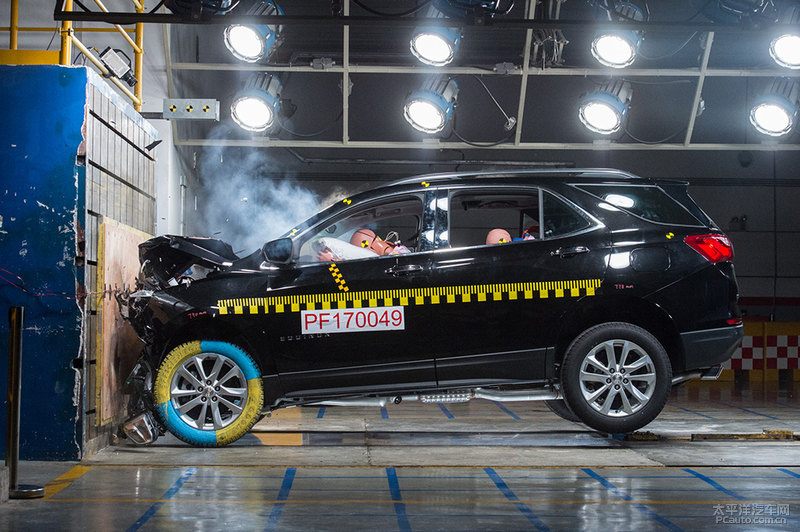
It seems easy to overlook car safety, but be well-prepared can make it easy to choose a satisfying car. Looking at the global car market, it's not hard to see that there are some rules in the safety performance of cars, such as luxury cars>ordinary cars, high-end cars>low-end cars, expensive cars>cheap cars, because car safety is closely related to car price and cost.
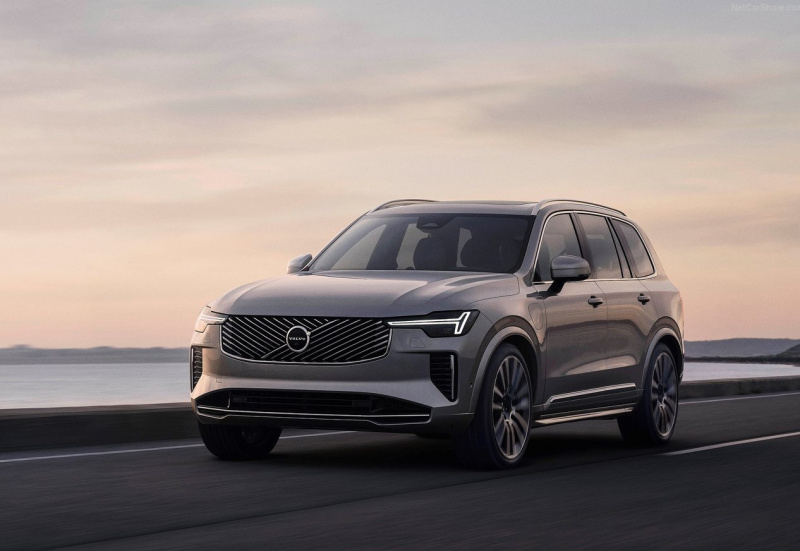
At present, the most representative brand known for safety is Volvo, which is not only the inventor of the three-point safety belt, but also deeply implements the protection of drivers, passengers and traffic participants through practical actions. Among them, the flagship SUV model XC90 is a masterpiece of car safety, with ultra-high standard requirements and excellent technical level for vehicle safety. According to relevant agency investigations, Volvo XC90 has created a record of zero mortality rate for more than a decade from 2002 to the present. Therefore, Volvo XC90 has won the title of safest car model.
Summary
When choosing a car, consumers still need to consider the safety of the car. After all, there will be some emergencies oer a long period of time with a car, and it's very important to protect oneself and family. Consumers can compare from many aspects such as the car's intelligent assisted driving functions, car body materials, number of safety airbags, etc., and also look at the test results of different car models by global car safety testing agencies, so as to select the car model that they feel is safe.
If any infringement occurs, please contact us for deletion

BYD Plans to Promote 1000V High Voltage Super Charging Stations and Its Models on a Large Scale
【PCauto】Recently, the news that BYD plans to massively implement a 1000V high-voltage supercharging platform has attracted widespread attention. It is reported that this platform will be launched in the middle of March this year and supports super-fast charging above 5C. After its release, it will quickly be popularized to its own models and large-scale construction of 1000V supercharging stations.This move will undoubtedly set off a wave in the new energy vehicle market. Let's delve into the te

XPENG G9 is about to be launched in China, bringing 66 upgrades in features
【PCauto】XPENG has recently announced that the 2025 XPENG G9 will soon be launched in China. Although the official did not announce the time and price, the success of XPENG G6 and X9 has rekindled expectations for the once-failed G9 by XPENG. In terms of appearance, the G9 continues the X-BOT FACE 3.0 design language, with a closed grill at the front paired with split-style headlights on both sides, new two-tone collision colors and all-black body styles, with a petal-style wheel hub. Combining

BYD YANGWANG U7 Launches with World's First Suspension Charging Tech
[PCauto] On March 27, BYD YANGWANG U7 was launched, with two power versions of pure electric and plug-in hybrid, a total of four models. YANGWANG U7 EV Five-seater Luxury Edition, priced at about 292.85 million baht/RM38.31 YANGWANG U7 EV Four-seater Flagship Edition, priced at about 330.04 million baht/RM43.19 YANGWANG U7 PHEV Five-seater Luxury Edition, priced at about 292.85 million baht/RM38.31 YANGWANG U7 PHEV Four-seater Flagship Edition, priced at about 330.04 million bah

Toyota Tundra Owner Achieves the Second Million-Mile Milestone
[PCauto] The mileage often measures the quality and durability of a car, and Victor Sheppard and his two Toyota Tundra pickups have set a staggering record.With Victor Sheppard's dedication and careful maintenance of the Toyota Tundra, he successfully drove two different Tundra pickups over 1 million miles (approximately 1,609,340 kilometers).In 2007, Sheppard bought a brand new Toyota Tundra CrewMax. Over the next nine years, as a contractor, he worked across the United States, from Louisiana t

What will the new Perodua Car look like in 2025? What kind of changes will they undergo?
【PCauto】In 2025, Perodua will introduce a series of anticipated new car dynamics, covering the launch of new models and remodeling of several existing models, whether in the bold step in the field of electrification or in the optimization of classical models.Perodua is to launch its first electric car in 2025Perodua's first pure electric car is expected to go on sale officially in the fourth quarter of 2025. To ensure the vehicle's performance and quality, Perodua may initiate testing work as ea
Popular Cars
Car Compare

